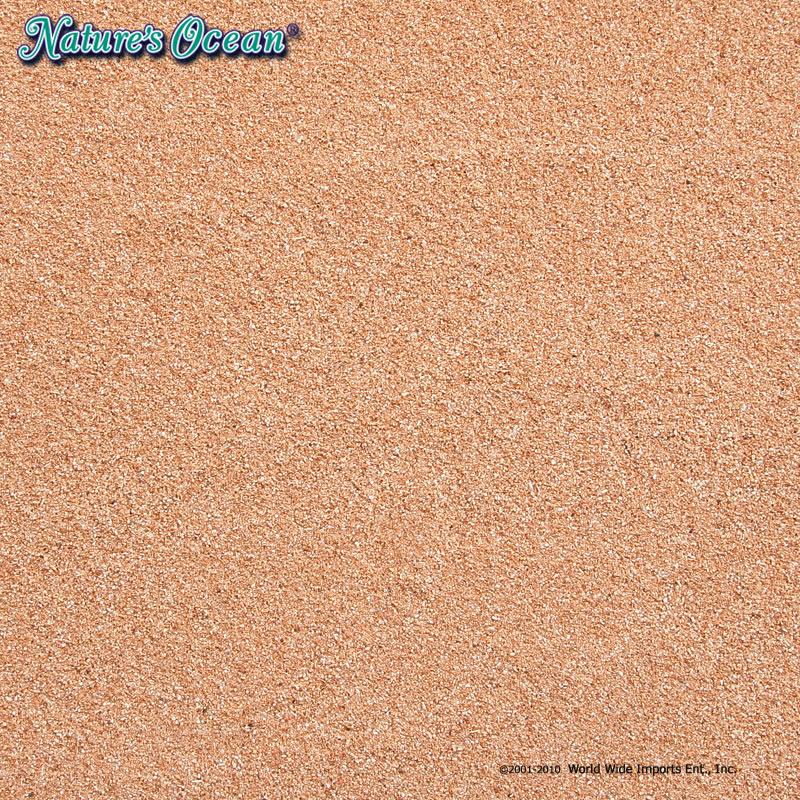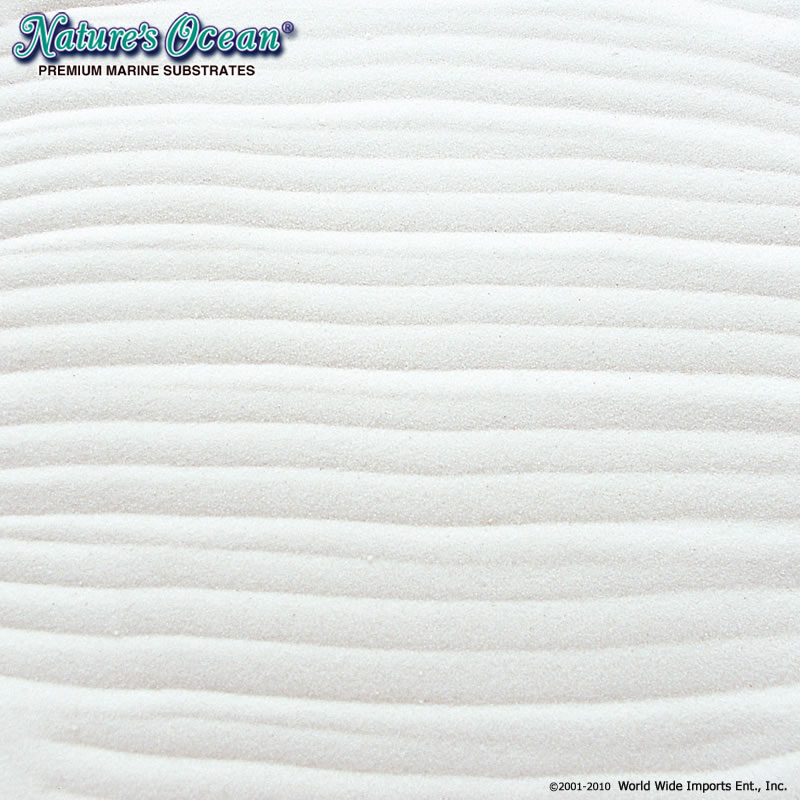Bifferwine
I am a girl
I'd say 3 or 4 days would be a good start. Then take a look at it and make a decision if you think it needs more.


https://www.livingreefs.com/great-algae-genocide-war-2010-a-t24202p12.htmlI would like to share an observation I've made recently regarding my tank. If you've been reading along, you'll know that my VHO lighting was offline for a little bit while I waited for the IceCap ballast to be repaired. In the meantime, I was using only my MHs on a 4hr lighting schedule.
Once my ballast returned to me in working order, I reinstalled it and resumed my normal lighting schedule of VHOs on at 10am through 7pm and MHs on at noon through 3pm. A quick note...my VHO lighting consists of 1 72" 160 watt actinic blue and 1 72" 160 watt bright white. Both bulbs were replaced during my 12 days of lights out and repainting the fixture.
After two days of my regular lighting, I began to notice the dinos slowly returning. WTF?? 12 days of blackout and the dinos are STILL present?? I don't get it! Hubby suggested that maybe it was the VHO lighting. I disagreed, but humored him and turned off the VHOs again. Lo and behold...three days later, no dinos visible. It seems that the VHOs are definately contributing to my dino outbreak. I've since decided to rely on MH lighting only, for about 6-7 hours per day. I don't know if this information is helpful to other folks out there also fighting dino outbreaks, but there ya have it.
However, when conditions become unfavourable, usually when nutrients become depleted or there is insufficient light, some dinoflagellate species alter their life cycle dramatically. Two vegetative cells will fuse together forming a planozygote. Next, is a stage not much different from hibernation called hypnozygote when the organism takes in excess fat and oil. At the same time its shape is getting fatter and the shell gets harder. Sometimes even spikes are formed. When the weather allows it, these dinoflagellates break out of their shell and are in a temporary stage, planomeiocyte, when they quickly reform their individual thecae and return to the dinoflagellates at the beginning of the process.
[]Error
In dinoflagellates, sexuality and subsequent encystment play a key role in bloom dynamics [5]. Encystment allows dinoflagellates to survive unfavorable environmental conditions in the form of resistant cysts, which remain dormant for a mandatory period of several months and then germinate when conditions become favorable. The exponential proliferation of germinated cells results in blooms, which terminate through induction of encystment. Cysts can also be geographically dispersed, giving rise to blooms in regions with no previous history of that species
[]PLoS ONE: Transcriptome Profiling of a Toxic Dinoflagellate Reveals a Gene-Rich Protist and a Potential Impact on Gene Expression Due to Bacterial Presence
